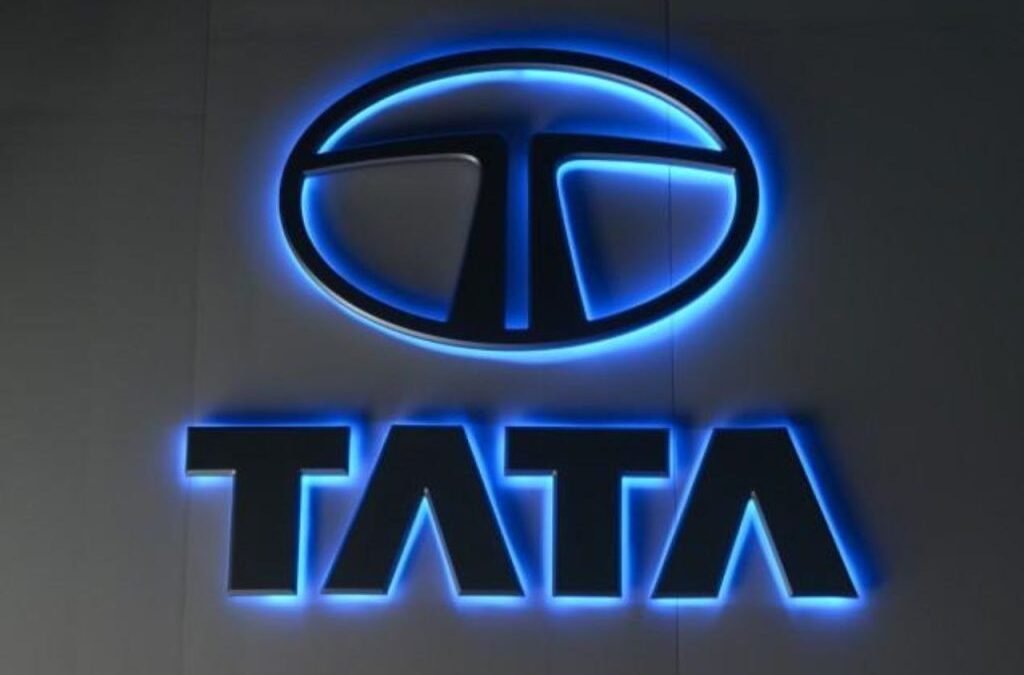Synopsis:
Tata Motors is down 40 percent from its 52-week high after it faced Tariff uncertainties and all. Is it all over, or another significant fall coming its way?
The shares of this third-largest Indian auto maker (by market capitalisation) are in focus after correcting by 40 percent in the last 52 weeks. In this article, we will dive more into the details.
With a market capitalization of Rs 2,50,448 crore, the shares of Tata Motors Ltd are currently trading at Rs 680 per share, down 40 percent significantly from its 52-week high of Rs 1,142 per share. Over the past five years, the stock has delivered a positive return of 463 percent.
Reasons Behind this fall
Tata Motors reported a Q1 FY26 revenue of Rs 1,04,407 crore, down by 2.52 percent from its Q1 FY25 revenue of Rs 1,07,102 crore. Additionally, it declined by 13 percent from its last quarter revenue of Rs 1,19,503 crore.
It took a larger hit on its profitability, the company reported a net profit decline of 62 percent to Rs 4,003 crore in Q1 FY26 as compared to Rs 10,587 crore in Q1 FY25. Additionally, it declined by 53 percent from its previous quarter profit of Rs 8,556 crore. As more than 70 percent of its revenue comes from its JLR (Jaguar Land Rover), its volumes have been seriously impacted.
Global wholesale volumes declined by 9.1 percent to 3,00,100 units in Q1 FY26 from 3,30,300 units in Q1 FY25. Additionally, it declined by 18 percent from its previous quarter figure of 3,66,000 units.
Additionally, JLR volumes declined by 10.7 percent to 87,300 units in Q1 FY26 from 97,800 units in Q1 FY25. Additionally, it declined by 22 percent from its previous quarter figure of 1,11,400 units. This led to a revenue decrease of 9.2 percent in this segment.
The US and the European Union have come to an agreement to implement a 15 percent tariff on a wide range of goods, including cars, that are exported from the EU to the US. Previously, this tariff was set at 27.5 percent.
This development was particularly important for Jaguar Land Rover (JLR), a major subsidiary of Tata Motors, since the US is a key market for them. Additionally, the fall was also attributed to when Elon Musk urged India to reduce it staggering import duty of 100%. Mahindra also launched new models that heightened industry competition in the Indian EV segment.
Also, Tata Motors faced inventory issues last year as most of them were piled up due to high interest rates, which led to a decrease in consumer spending, following which all the automakers were trying to clear up their inventory by providing discounts.
Also, JLR suspended its UK operations and paused its vehicle exports to the US due to tariff uncertainties. This led to a drop in volumes of JLR, leading to negative sentiments as most of its sales come from its JLR segment.
Recent Highlights and commentary
Tata Motors’ commercial vehicle segment has shown mixed performance in terms of the VAHAN registration market share. In overall commercial vehicles, its market share stood at 36.1 percent in Q1 FY26, slightly higher than 35.6 percent in Q4 FY25, but lower compared to 37.1 percent in FY25.
In the HGV + HMV (Heavy Goods & Heavy Motor Vehicles) category, Tata maintained a strong position with a 47.7 percent share in Q1 FY26, flat compared to Q4 FY25 but down from 48.8 percent in FY25.
For MGVs (Medium Goods Vehicles), the company’s share improved sequentially to 35.9 percent in Q1 FY26 from 34.5 percent in Q4 FY25, yet remained lower than 37.3 percent in FY25..
In LGVs (Light Goods Vehicles), Tata recorded a market share of 28.9 percent in Q1 FY26, flat from Q4 FY25, but marginally down compared to 30.5 percent in FY25.
Additionally, its Passenger Vehicle sales have also been under pressure, with market shares reducing by 60 bps to 12.3 percent in Q1 FY26 as compared to 12.9 percent in Q4 FY26.
JLR management has guided that for FY26, the company expects EBIT to be in the range of 5 percent to 7 percent, while free cash flow is projected to remain close to zero.
However, a steady improvement is anticipated in FY27 and FY28. Additionally, enterprise missions (excluding tariffs) are expected to contribute £1.4 billion annually, which will gradually offset residual tariff, forex, and China-related risks. This strategy is aimed at enabling the company to return to a 10 percent EBIT margin over time
In conclusion, JLR has faced a tough phase with financial pressures, global market challenges, EV setbacks, and quality issues, all of which have weighed on Tata Motors’ performance and led to cautious sentiment among investors.
While the company is focusing on cost-cutting, improving efficiency, and stabilizing margins, uncertainties around tariffs, volumes, and market share persist. Investors should conduct their own thorough research and assess risks carefully before making any investment decisions.
Written by Satyajeet Mukherjee
Disclaimer

The views and investment tips expressed by investment experts/broking houses/rating agencies on tradebrains.in are their own, and not that of the website or its management. Investing in equities poses a risk of financial losses. Investors must therefore exercise due caution while investing or trading in stocks. Trade Brains Technologies Private Limited or the author are not liable for any losses caused as a result of the decision based on this article. Please consult your investment advisor before investing.
The post Tata Group Stock Trading at a Discount of 40%: Is It the Right Time to Buy? appeared first on Trade Brains.

